m
madder
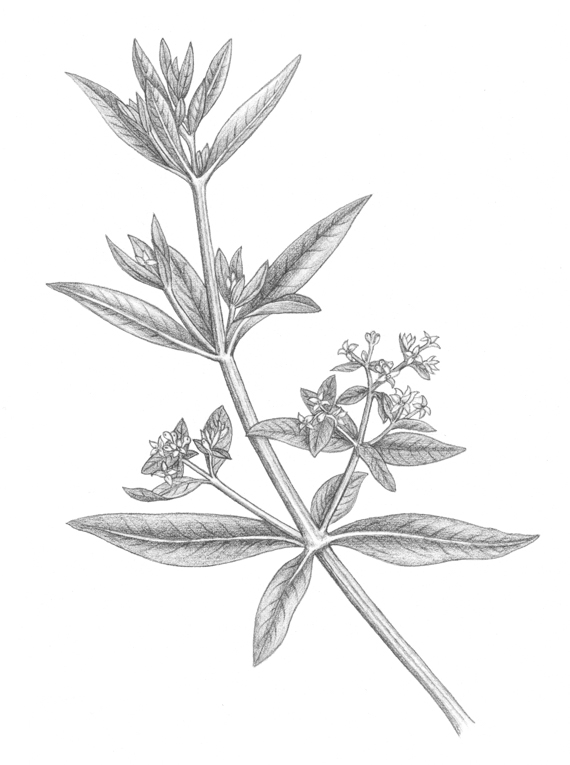
madder
Natural dye extracted from the root of the plant Rubia tinctorum, in use since antiquity by the Egyptians, Greeks, and Romans. The principle colorant is alizarin, which in 1868, became the first natural dye ever to be synthetically duplicated. In India, we dye with madder to achieve shades ranging from scarlet to orange-pink to peachy blush.
manistone
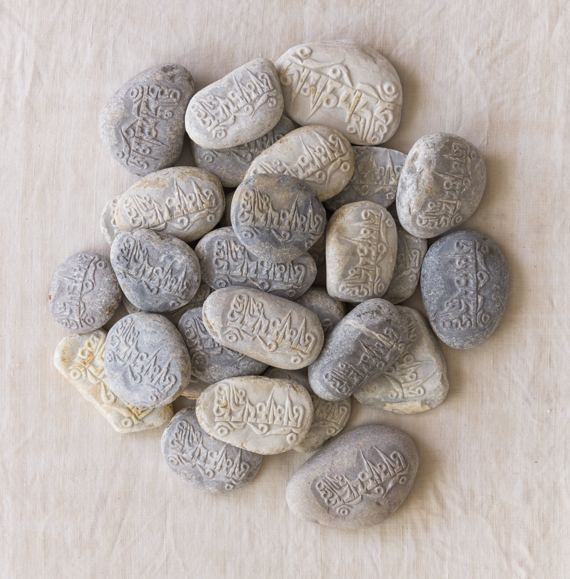
mani stone (Tibet)
Hand carved stone from Tibet inscribed with the Sanskrit mantra Om Mani Padme Hum, roughly translating to “hail to the jewel in the lotus.” Placed in mounds along paths, rivers, and mountain passes, the sacred stones are an invocation of protection to the great Boddhisattva of Compassion, Avalokiteshvara. The mani stones carried in our Spring 2016 collection are a project of The Bridge Fund.
marigold
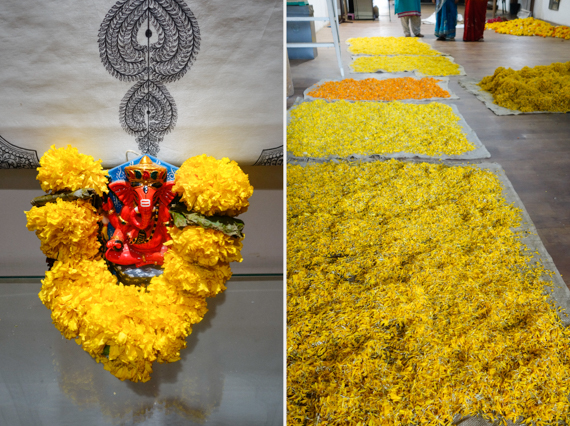
marigold
Saffron colored flower of the Calendula genus used as a dye to achieve tonal variations of yellow. Marigolds are native to the Americas and were first used by the Aztec people who believed in their magical, religious, and medicinal properties. In India, marigold symbolizes a trust in the divine and a will to overcome obstacles, hence its great abundance as an offering to the gods and in adorning Hindu temples. The marigolds we use in the Temple Blessings project are wilted flowers collected from the temple. Dye colors range from sun gold to khaki green depending on moisture levels in the blossoms and the use of mordants. Because of its relation to calendula, some say wearing our marigold clothing has a calming effect. Scientifically, each petal of a marigold blossom is a flower unto itself. See also Adiv Temple Blessings Project
miaoindigocloth
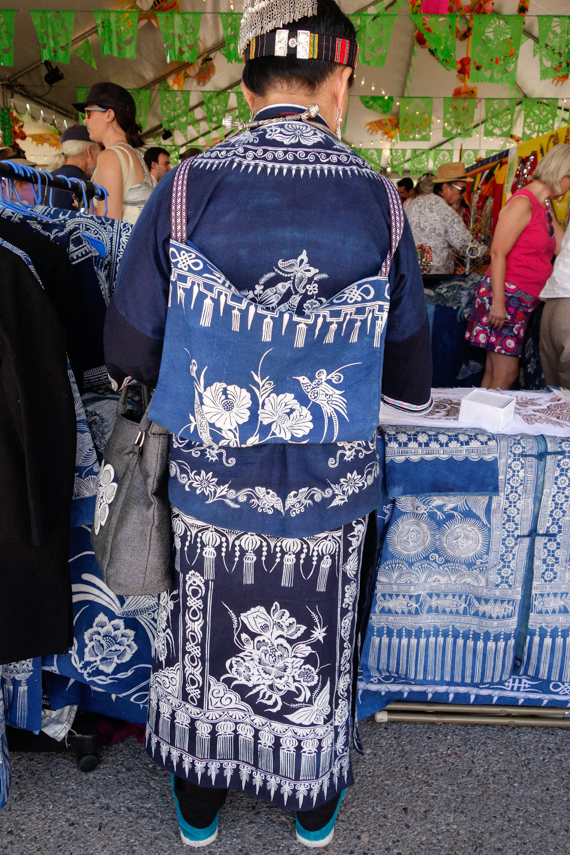
Miao indigo cloth (China)
A deep indigo dyed cotton with glossy surface made by the Miao people of Guizhou Province, China. Having no written script, the Miao use textiles to record and pass down their history from generation to generation. Daily life revolves around growing and preparing indigo. Women sow, harvest, dye, spin, and weave in a cyclical process that begins in spring and spans all four seasons. The finishing step in making indigo-dyed cloth is calendering. The cloth’s surface is glazed with egg whites, pig’s blood, water buffalo skin extract, or a basic dye paste and beaten with a mallet to achieve a lustrous sheen. Our Traveler 2011 Mood Indigo collection resulted from a trip to China with Yoshiko I. Wada and Miao scholar Dr. Sadae Torimaru in the early 2000s. Under their guidance, Christina traveled to remote areas of Guizhou to witness firsthand the industrious Miao women at work. See also indigo
mica
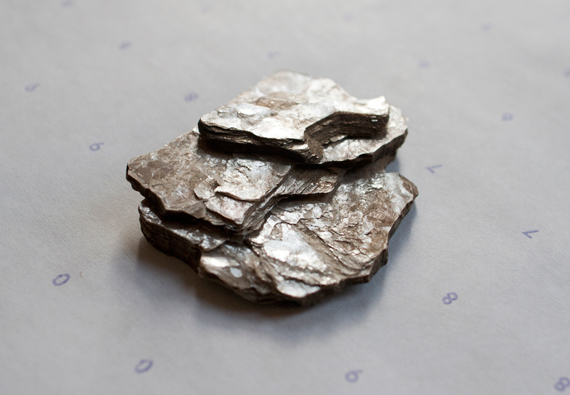
mica
Translucent natural mineral with pearlescent luster that can be cleaved perfectly into thin laminae. Its name derives from Latin micare “to shine, to glitter.” Mica has a delicate yet durable structure. Though it requires careful handling because it splits easily, it also has thermal, chemical, and physical properties useful to commercial industries. Since 1998, we have been using mica in a variety of forms to add touches of shine and glimmer. The effect reminds Christina of constellations twinkling in the night sky. We use hand-cut mica sequins and paillettes to embellish fabric, or mix small bits into handmade paper. Some of our mica is sourced locally in Oaxaca, where traces can be found embedded in ancient Zapotecan temple walls.
monkbag
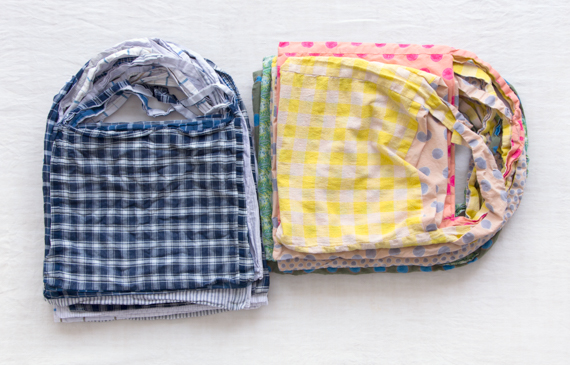
monk bag (Tibet)
Cloth sack modeled after the well-worn, patched and mended bags traditionally worn by Tibetan monks. The monk bag is one of dosa’s earliest recycling efforts. The philosophy behind the Tibetan monk bag naturally lent itself to ideas of recycling and repurposing. Its basic construction presented an easy template upon which we could base our own designs. We began making our monk bags in 1999 using fabric scraps recycled from clothing production.